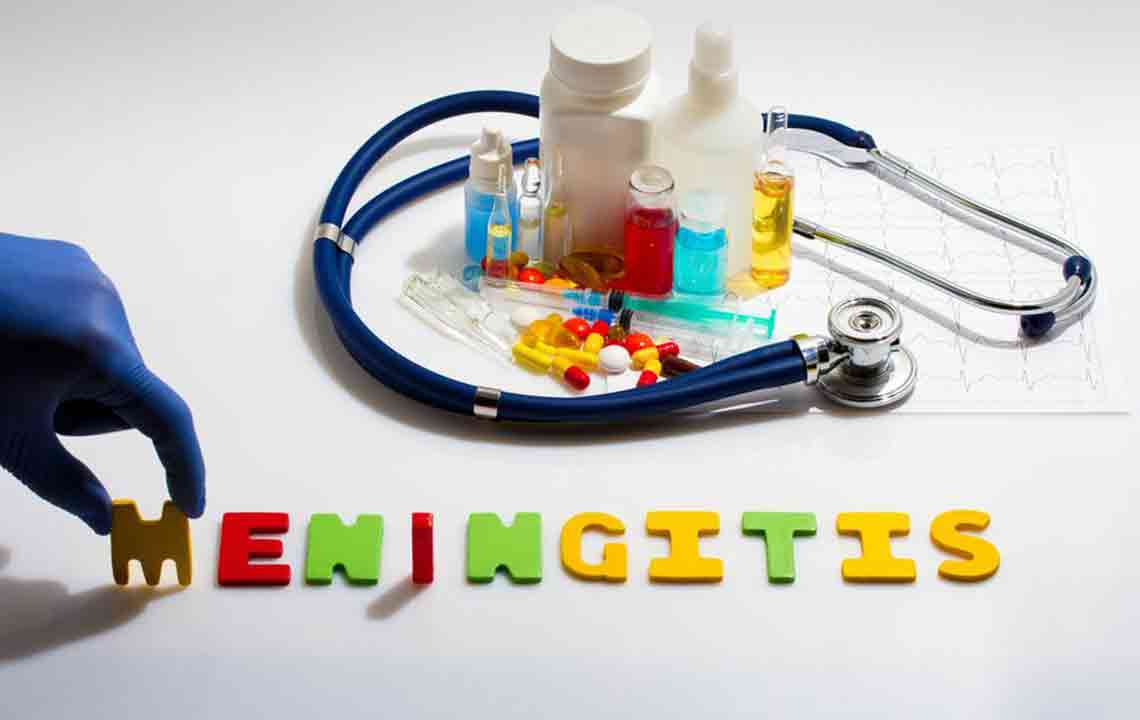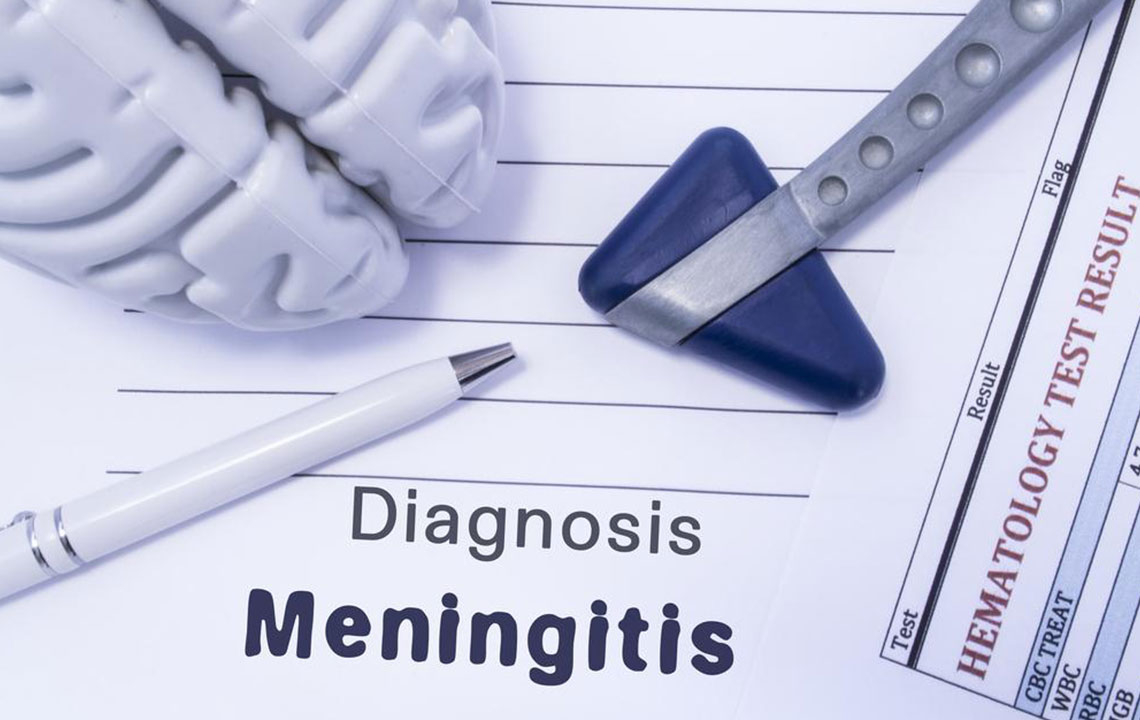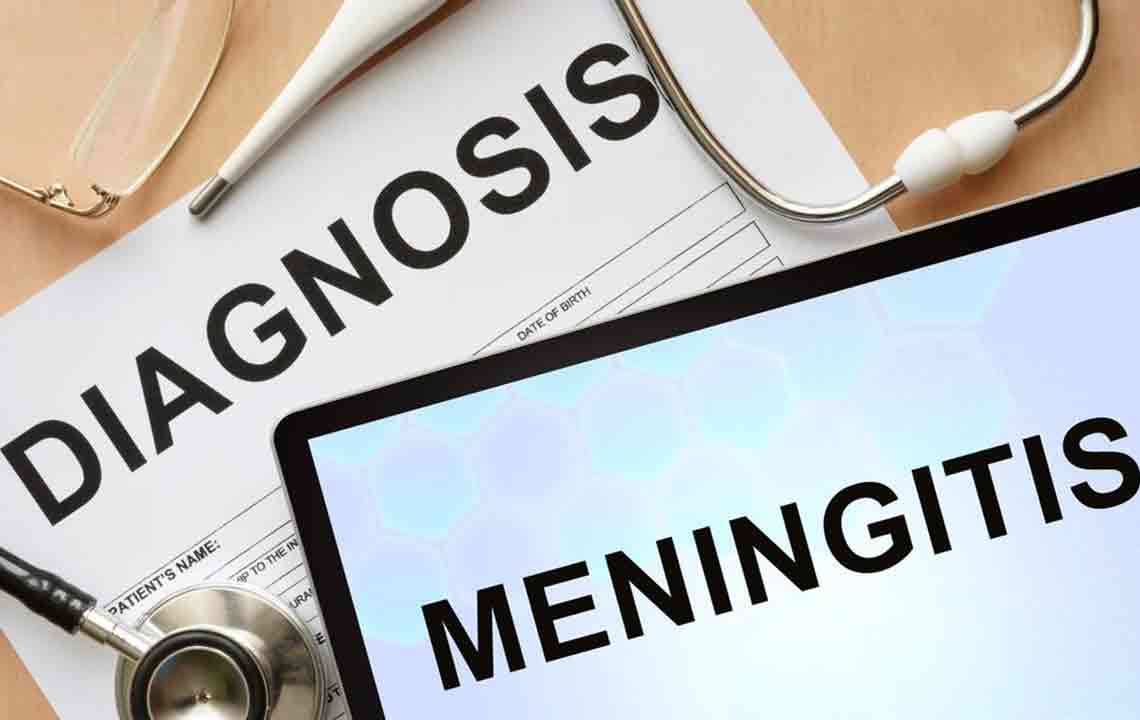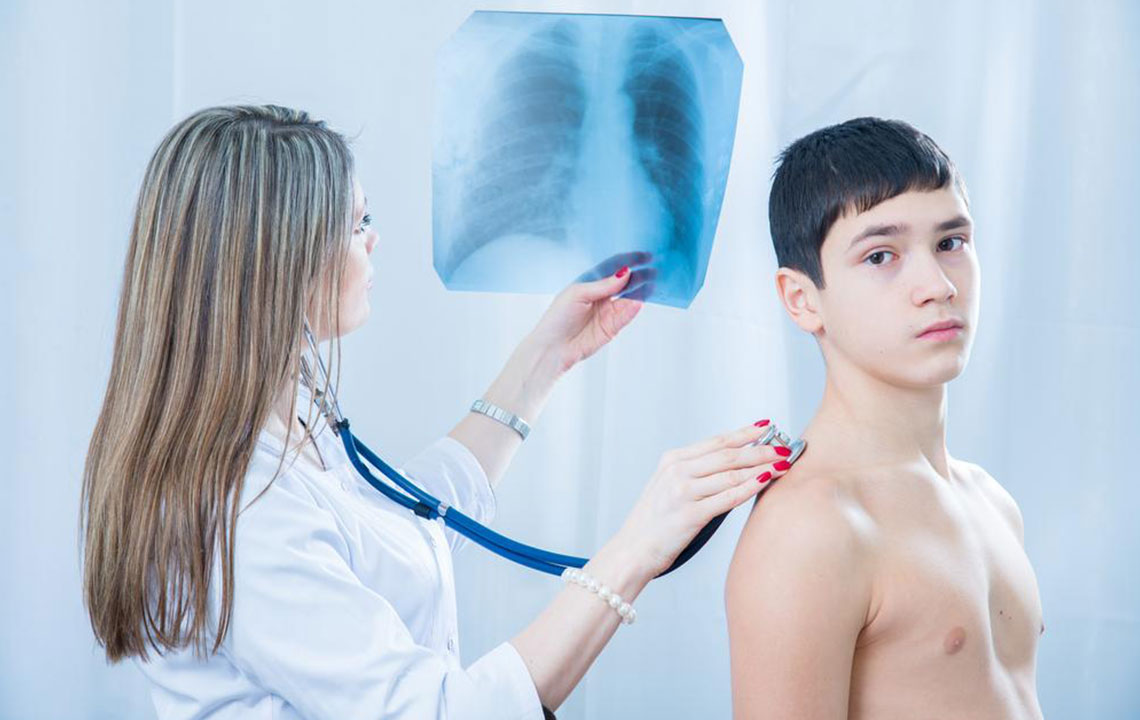Complete Guide to Streptococcal Meningitis
This comprehensive guide explains streptococcal meningitis, highlighting its causes, symptoms, diagnosis, treatment, and preventive measures. It emphasizes the importance of early detection and vaccination, especially in newborns and vulnerable populations. Understanding the bacterial types and transmission routes helps in effective management and prevention, reducing severe health risks associated with this serious infection.

Complete Overview of Streptococcal Meningitis
If you experience a sudden high fever, severe headache, and neck stiffness, it is essential to seek medical attention promptly, as these might indicate streptococcal meningitis. This condition involves inflammation of the meninges—the protective layers surrounding the brain and spinal cord. It occurs when bacteria from the bloodstream invade these membranes. Causes include viral, bacterial, or fungal infections, affecting individuals of all ages, with symptoms varying based on age group.
Among infectious agents causing meningitis, Streptococcus pneumoniae poses the highest risk, with potentially life-threatening consequences. Strep meningitis accounts for approximately 58% of bacterial meningitis cases nationwide, affecting all age groups including infants and adults.
This bacteria is contagious and spreads through airborne particles. When an infected person coughs or sneezes, others in close proximity can inhale bacteria and become infected.
If a pregnant woman contracts the infection, she may transmit it to her newborn.
Symptoms
The primary symptoms of streptococcal meningitis are similar to those of influenza. Common signs in adults include:
Sudden high fever
Headache and neck stiffness
Nausea and vomiting
Photophobia or light sensitivity
Difficulty concentrating
Seizures
Drowsiness
Fatigue
Skin rashes
In infants and young children, symptoms may be less specific, often presenting as:
High fever, with or without seizures
Neck and body stiffness
Reduced activity levels
Persistent irritability
Poor feeding and vomiting
Constant crying
Since these signs can be mistaken for other illnesses, early medical consultation is crucial. Doctors will monitor reflex abnormalities or a bulging soft spot in infants as indicators.
Types of Streptococcal Meningitis
The bacteria responsible include Group A Streptococcus (GAS) and Group B Streptococcus (GBS).
GAS is commonly present on the skin and throat, causing mild illnesses like sore throats, skin infections, or ear and sinus issues. Rarely, it can invade deeper tissues, leading to severe conditions such as septicemia, pneumonia, tissue necrosis, postpartum infections, or bone infections. When GAS causes meningitis, it infects cerebrospinal fluid, releasing toxins that inflame the meninges and adjacent brain tissue.
GAS is less frequently associated with meningitis. In contrast, GBS, found in the maternal vaginal and intestinal flora, is a leading cause of neonatal meningitis. It can be transmitted during childbirth, causing serious complications like bloodstream infections and pneumonia in newborns. GBS infections are rarer in adults but are a major concern for infants and newborns.
Diagnosis
Medical professionals suspect streptococcal meningitis based on symptoms and will perform blood tests. A lumbar puncture to analyze cerebrospinal fluid helps identify the specific bacteria causing the infection, guiding targeted treatment.
Treatment
Early administration of antibiotics is vital for bacterial meningitis, including streptococcal strains. Prompt treatment can prevent severe complications or death. Antibiotics such as cephalosporins (e.g., Cefotaxime, Ceftriaxone), penicillins, and aminoglycosides are commonly used. Intravenous therapy is standard, often combined with corticosteroids to reduce inflammation. Recovery may begin within three days, with full recuperation typically taking up to two weeks. Nevertheless, untreated or severe cases risk permanent damage affecting hearing, learning, or brain function.
Prevention
The most effective preventive measure is vaccination against Streptococcus pneumoniae. The immunization is routinely included in childhood vaccine schedules, so adhering to vaccination timelines is essential to reduce infection risks.










